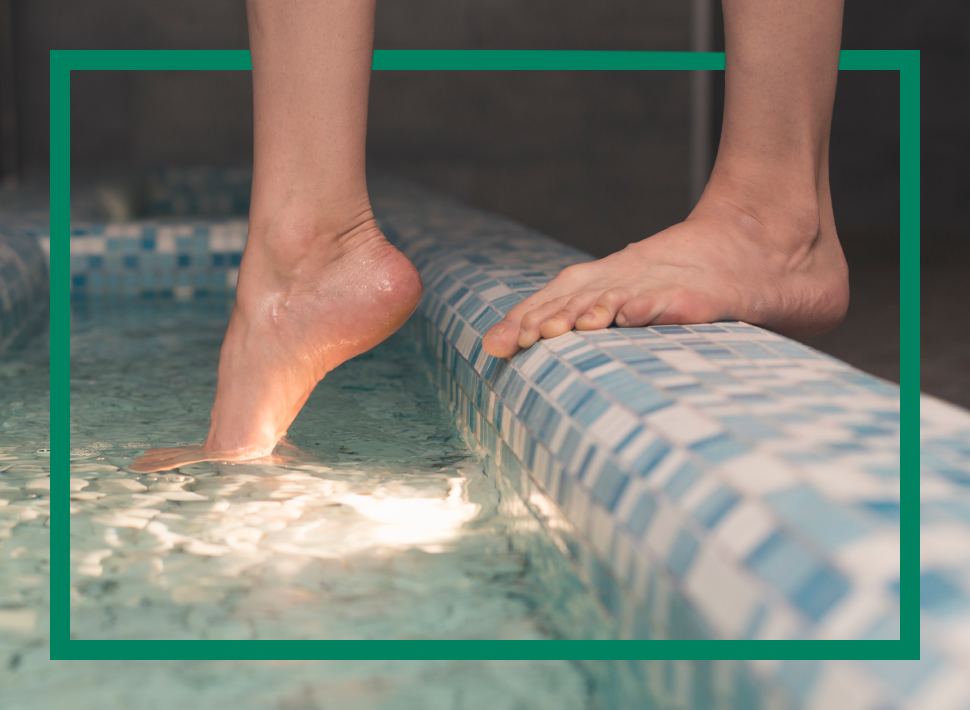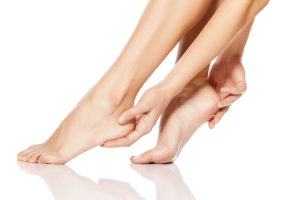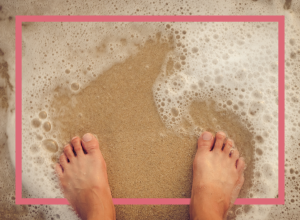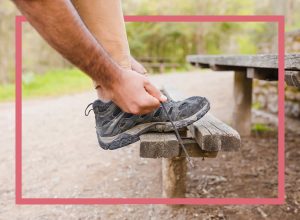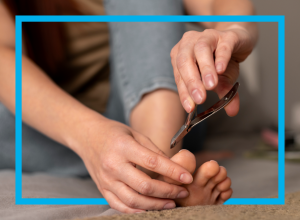Warts are a skin problem that many people don’t like to talk about. Yet they are widespread and have nothing to do with a lack of hygiene. Everyone comes into contact with bacteria, viruses and germs every day – many of which are harmless or even beneficial to our bodies. However, some pathogens can infect the skin. These include
Warts can occur at any age, but are particularly common in children, adolescents and older people. This is because the immune system is often less stable during these phases of life. Typical places of infection are swimming pools, saunas or sports halls. The skin there is softened by moisture and small injuries provide ideal entry points for the viruses. As soon as they have reached the top layer of skin, they multiply and lead to visible skin growths or calluses – often on the hands, face or as warts under the feet.
How do warts develop?
First, the most important question: how do you get warts in the first place? In short, they develop when human papilloma viruses penetrate the skin. Tiny cracks or pressure points are often enough for this to happen. This happens particularly easily on moist, softened areas of skin – for example after a visit to the swimming pool or sauna. The viruses attack the top layer of skin and cause the cells to divide more. This results in the typical small growths and calluses.
Whether an infection becomes visible depends heavily on the immune system. If it is weakened, warts can develop more easily and persist for longer – a problem
Warts under the foot in particular, known as plantar warts, are often caused by walking barefoot on damp floors. They grow inwards and can cause pain when walking. Other warts, such as flat warts on the face or hands, are usually harmless but visually disturbing.
Are closed warts contagious?
Yes, even closed warts are contagious as long as they are caused by human papilloma viruses. The viruses are found in the upper layer of the skin and can be transmitted through contact or shared objects. For this reason, warts – whether open or closed – should always be regarded as contagious and appropriate hygiene measures should be observed.
How do you recognize a wart?
Warts look different depending on the type of virus and the area of the body. The most common are the so-called
Plantar warts under the foot can be particularly painful. They grow inwards and form small, thorn-like indurations. When walking or standing, they exert pressure on the surrounding tissue, which can cause unpleasant pain.
There are also flat warts, which are rather inconspicuous. They appear skin-colored to yellowish-brownish, usually on the face, back of the hand or forearms. They often disappear by themselves, but only after weeks or even months.
Another form is genital warts, which appear in the genital area. They appear the size of a pinhead and can be whitish, reddish or brownish in color.
Important to know: Regardless of whether they are common warts, flat warts or warts under the foot – they are contagious. In the case of visible skin changes, a specialist should therefore always assess whether it is actually a wart and what treatment is appropriate.
Age-related warts are an exception. These develop more frequently from the age of 50, but are not contagious. The same applies to so-called stalk warts: these soft, stalked skin appendages are harmless, painless and are not caused by viruses.
What can you do about warts?
Warts are generally harmless, but they are contagious and can be visually distressing or painful. Especially when warts under the foot cause pressure pain or appear in visible areas, a quick solution is needed.
The most important thing is to prevent the spread of viruses. This includes
- Do not share towels, shoes and socks with others
- Wash textiles at a minimum temperature of 60 °C
- Always wear bathing shoes in swimming pools, sports halls or saunas
- Dry and disinfect feet well after swimming
- Regularly care for dry or cracked skin to avoid entry points for viruses
And how do you get rid of warts?
Warts often disappear by themselves when the immune system is strong enough. However, this can take weeks to months. If you want to act faster, you can use different methods:
- Salicylic acid: Special tinctures or plasters soften the horny layer of the wart. The top layer is carefully filed off before reapplication. The treatment requires patience and should only be carried out gently so as not to cause bleeding.
- Cryotherapy (icing): The wart is treated with cold. This causes the affected tissue to die. This method can be painful and cause blisters – it is particularly unsuitable for children or people with diabetes.
- Laser or minor surgery: Formerly used more frequently, now rarely recommended as small scars may remain.
- Care with microalgae active ingredients: An innovative approach is the application of a microalgae active ingredient. It creates a fine protective film over healthy skin cells and prevents viruses from penetrating. With regular use, uninfected cells remain protected until all virus-infected skin cells have disappeared through the natural renewal process.
The best method of wart removal depends on the type, size and location of the wart. If the diagnosis is uncertain or the wart is stubborn, a dermatologist or specialist should always be consulted.
Conclusion
Although warts are usually harmless, they are contagious and can be unpleasant – especially if they appear in visible areas or under the foot and cause pain when walking. They are caused by human papilloma viruses, which are easily transmitted, especially in damp environments such as swimming pools or gyms.
Therisk of infection can be significantly reduced with good hygiene and careful foot care. Warts often disappear by themselves, but if you want to act faster, you can rely on gentle treatment and protection methods. A more stable immune system, a regular skin care routine and, if necessary, supportive products with microalgae active ingredients, such as Spirularin® VS cream, can help to protect the skin and promote the natural renewal process.
Experten-Tipp entstand in Zusammenarbeit mit:
Patrick Günther
Patrick Günther completed his pharmacy studies in Hamburg and, after obtaining his licence to practise, worked for several years in marketing and sales in the pharmaceutical industry. In 2003, he took over ocean pharma, the company founded by his father in Reinbek near Hamburg in 1978. Together with his business partner, he patented the important processing and standardisation process for the microalgae active ingredient Spiralin® and developed a wide range of medical cosmetics and foot care products based on Spiralin®.
